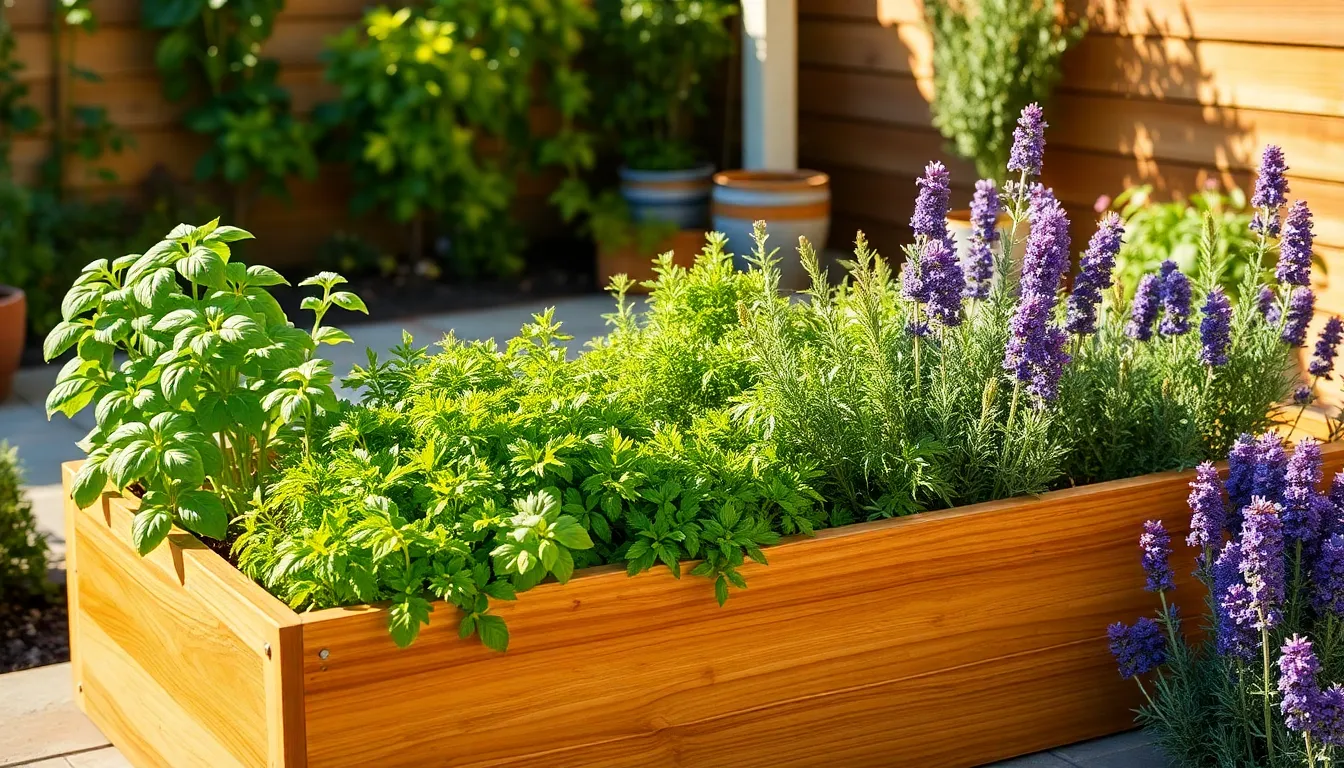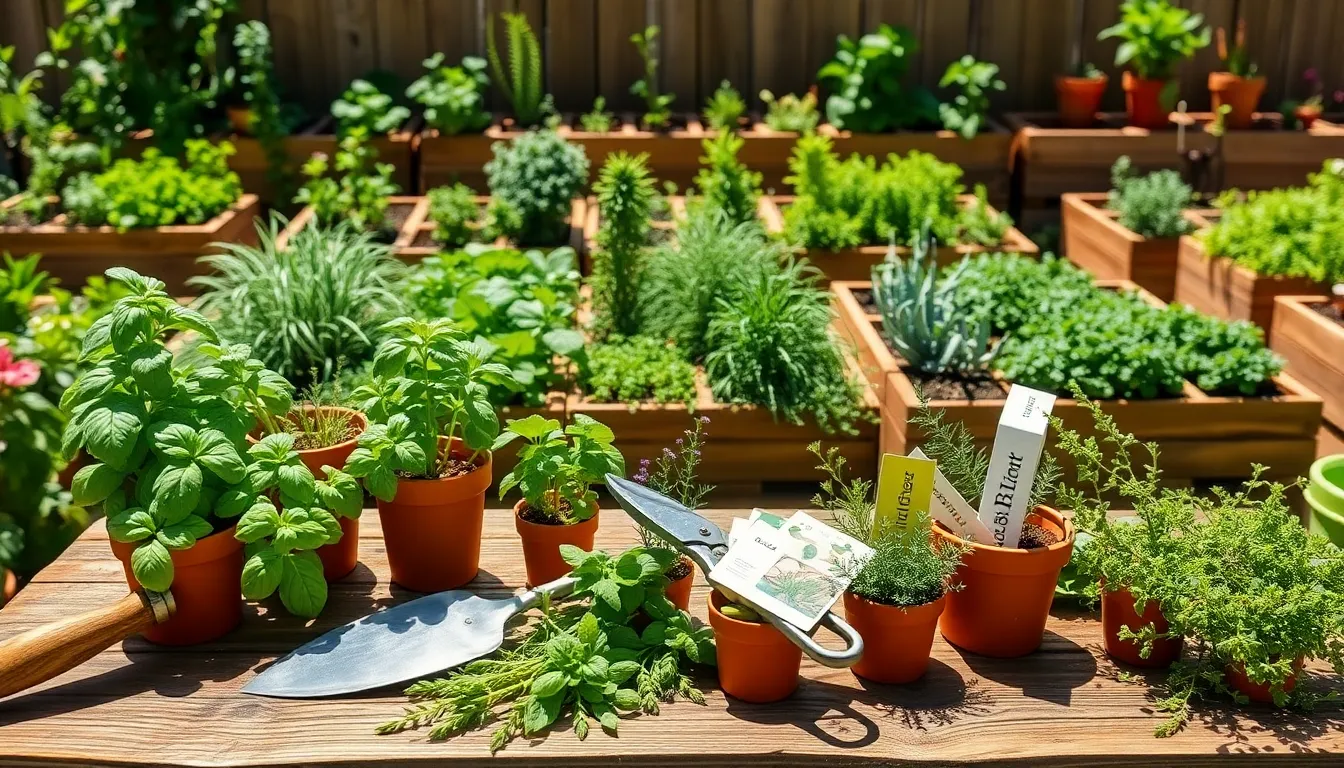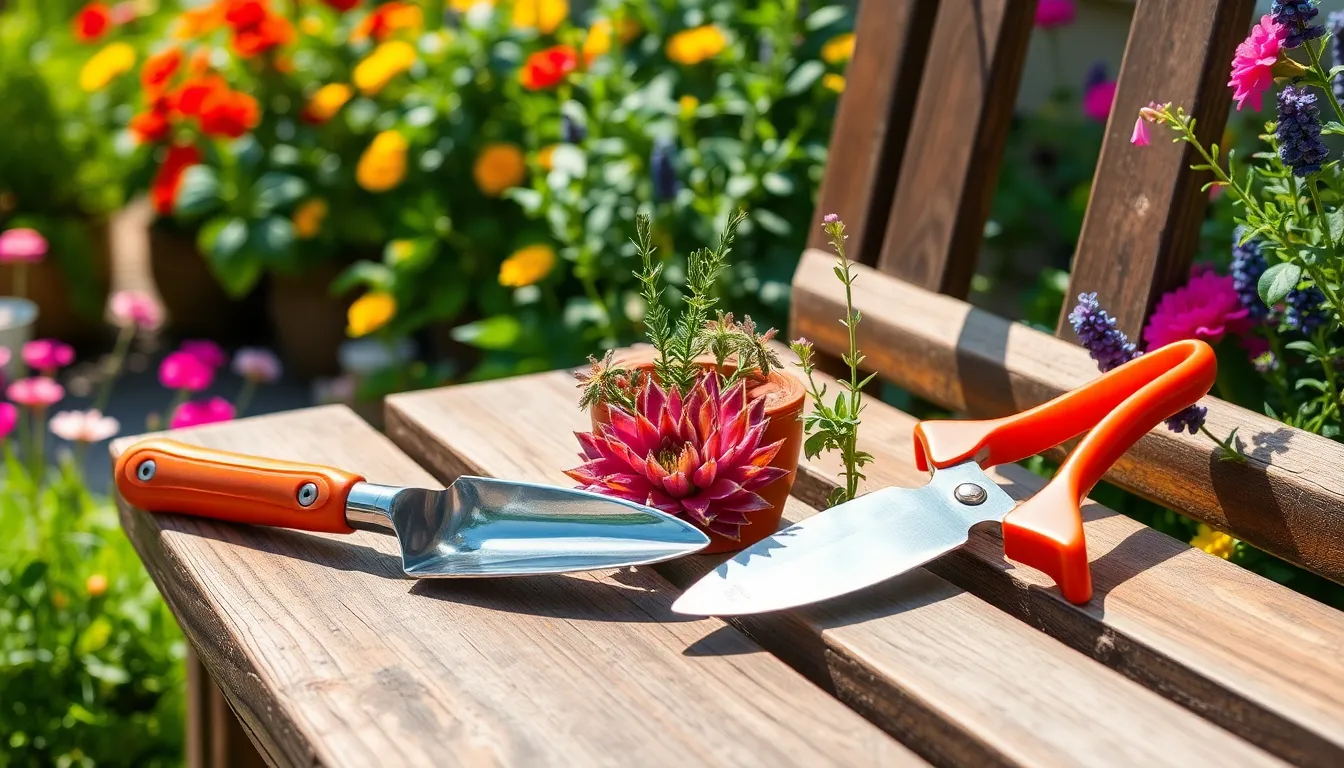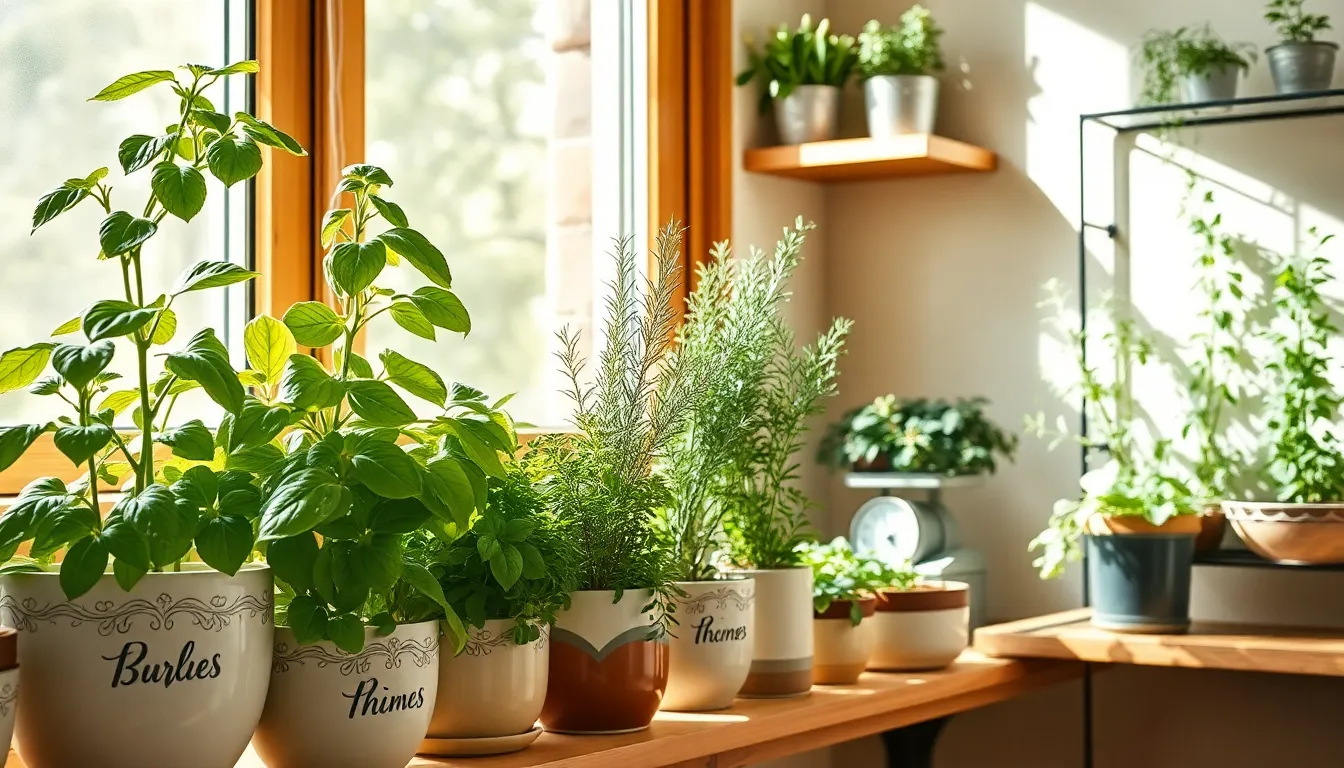Have you ever dreamed of stepping outside your door to pluck fresh basil for your pasta or mint for your tea? Creating a simple herb garden is not only a delightful way to enhance your culinary endeavors but also an invitation to connect with nature’s bounty right at your fingertips. For both beginners and seasoned green thumbs, an herb garden represents a blend of practicality and joy, offering a sustainable way to flavor your dishes while nurturing your gardening skills.
Whether you’re working with a sprawling backyard or a cozy apartment balcony, the beauty of herb gardening lies in its versatility and accessibility. In this article, you’ll discover how to choose the right location, select herbs that suit your tastes and climate, and nurture them to lush, aromatic health. We’ll guide you through the essentials of soil preparation, planting techniques, and ongoing care, ensuring that your herb garden thrives regardless of your level of experience.
With the right guidance, building an herb garden can become a rewarding journey filled with discovery and satisfaction. From understanding the nuances of sunlight and watering to learning how to harvest without harming your plants, you’ll gain the confidence to cultivate a verdant, vibrant oasis. Embark on this gardening adventure with us, and soon you’ll be savoring the aromatic rewards of your very own herb sanctuary, a testament to your growing expertise and passion for the plant world.
Select Ideal Herb Varieties
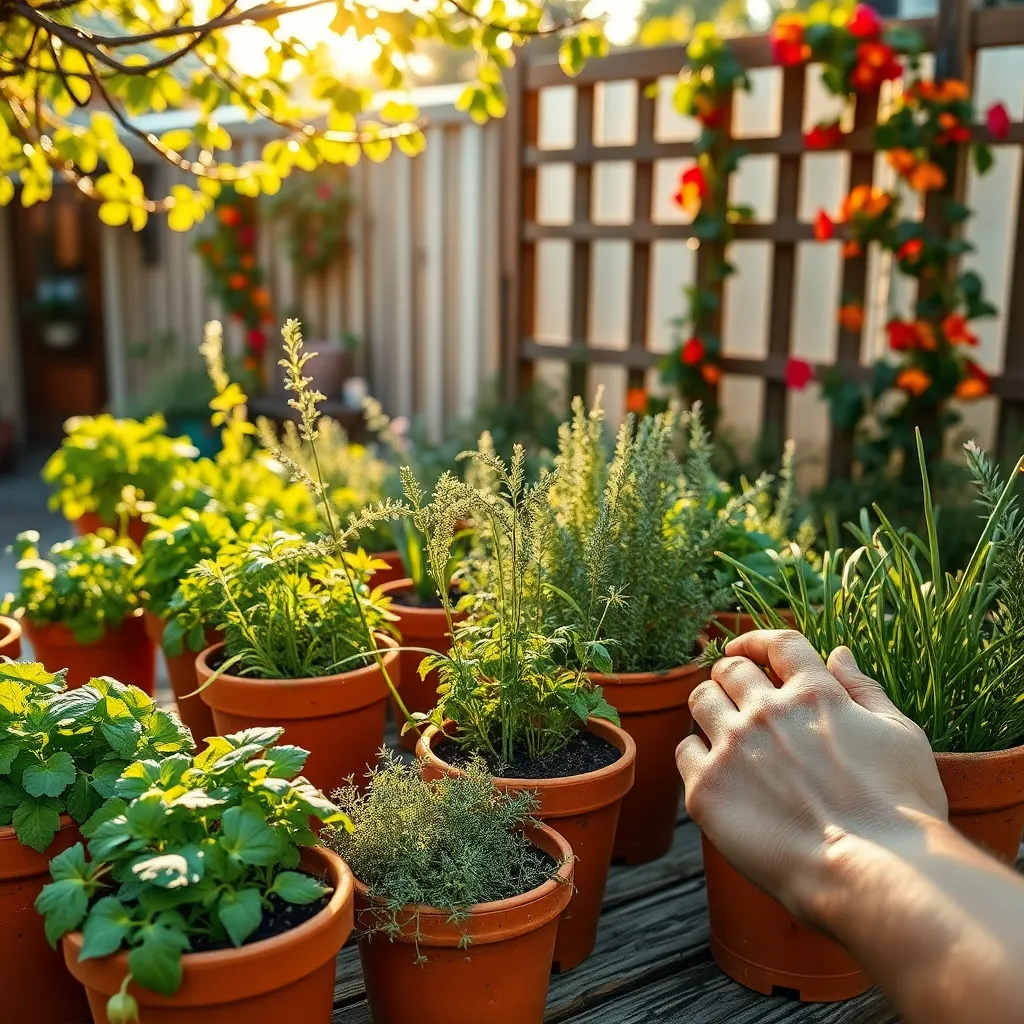
When selecting herb varieties for your garden, consider both your culinary preferences and the growing conditions available. Popular choices like basil, mint, and rosemary are not only versatile in cooking but also relatively easy to grow for beginners.
It’s essential to match the herb’s growing requirements with your garden’s environment. For instance, basil thrives in warm, sunny spots with well-drained soil, while mint prefers partial shade and can tolerate slightly moist conditions.
Advanced gardeners might experiment with less common herbs such as lemongrass or tarragon. These herbs often require specific conditions, like well-drained sandy soil for lemongrass, to flourish.
Regardless of the variety, regular watering is crucial, but be careful not to overwater as herbs generally prefer soil that’s on the drier side. A good rule of thumb is to water when the top inch of soil feels dry to the touch, which can vary depending on your climate.
Choose a Sunny Location
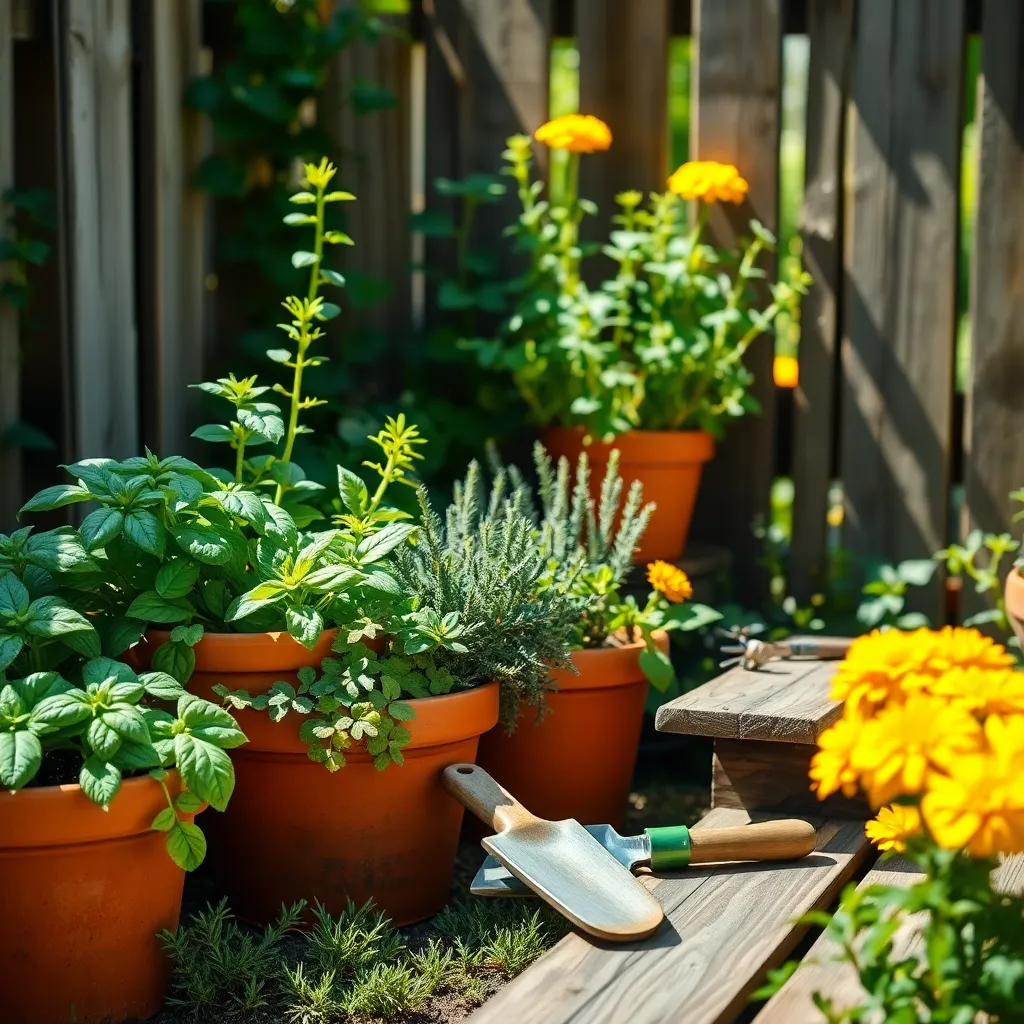
To ensure your herb garden thrives, it is crucial to select a location that receives plenty of sunlight. Most herbs require at least six to eight hours of direct sunlight each day to grow healthily and produce flavorful leaves.
When scouting for the perfect spot, consider areas that are not shaded by trees or buildings throughout the day. If you live in a region with intense afternoon sun, providing some light afternoon shade can prevent delicate herbs like basil from wilting.
It’s also essential to evaluate the soil quality in your chosen location. Herbs prefer well-draining soil, so if your area has heavy clay, you might need to amend it with sand or organic matter to improve drainage.
Advanced gardeners might consider using raised beds or containers to control soil conditions better. This method also allows for easy repositioning of your herbs if you find that they aren’t receiving adequate sunlight or other necessary conditions.
Prepare Well-Draining Soil
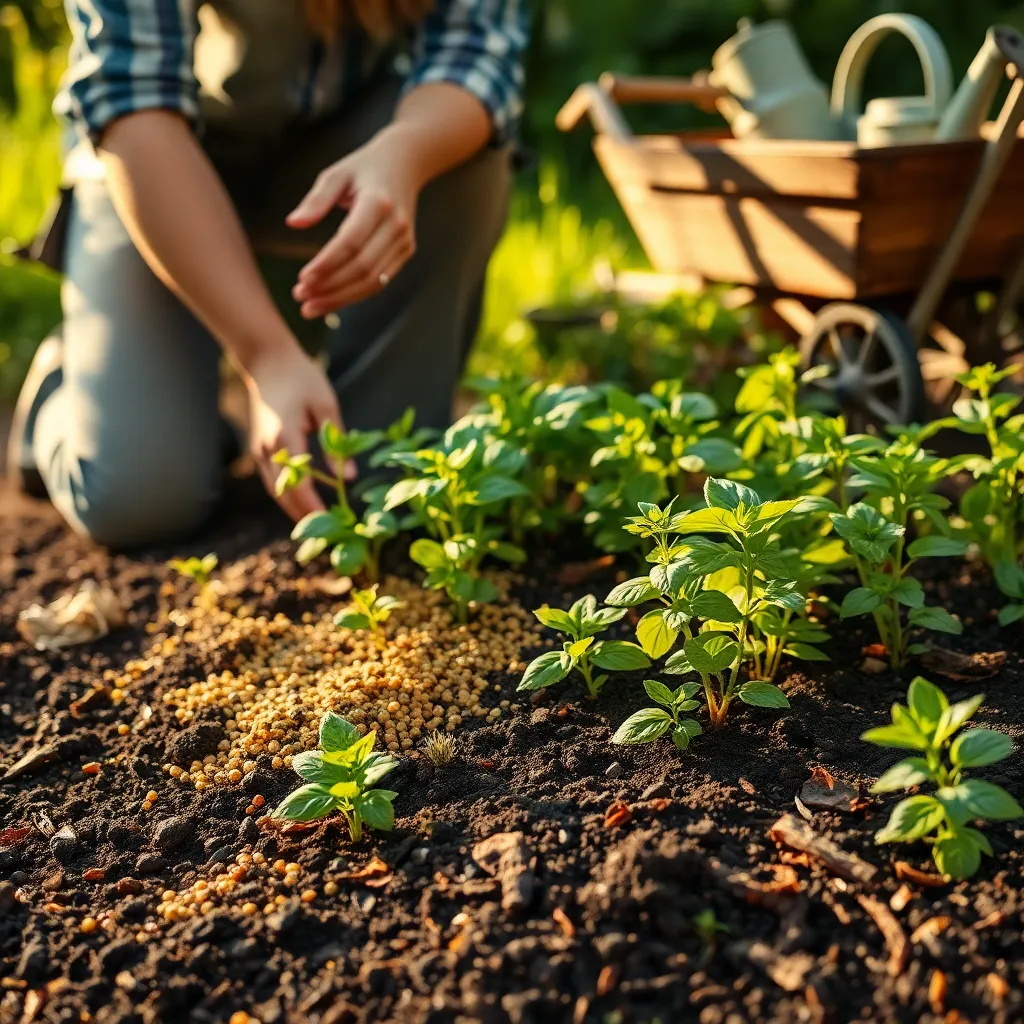
To ensure your herb garden thrives, preparing well-draining soil is essential. Start by assessing your garden’s existing soil type, as this will help you determine what amendments are necessary.
Herbs generally prefer a mix that’s light and airy, allowing roots to access oxygen and nutrients easily. If your soil is heavy clay, consider incorporating materials like sand, perlite, or fine gravel to improve its structure.
Organic matter is crucial for enhancing soil drainage and fertility. Mix in well-rotted compost or aged manure, which will not only boost drainage but also provide essential nutrients as it breaks down.
Amending the soil with the right materials can prevent common problems like root rot, which is particularly detrimental to herbs. For those working in especially wet areas, consider constructing raised beds to further enhance drainage and keep your herbs healthy.
Plant Herbs with Care
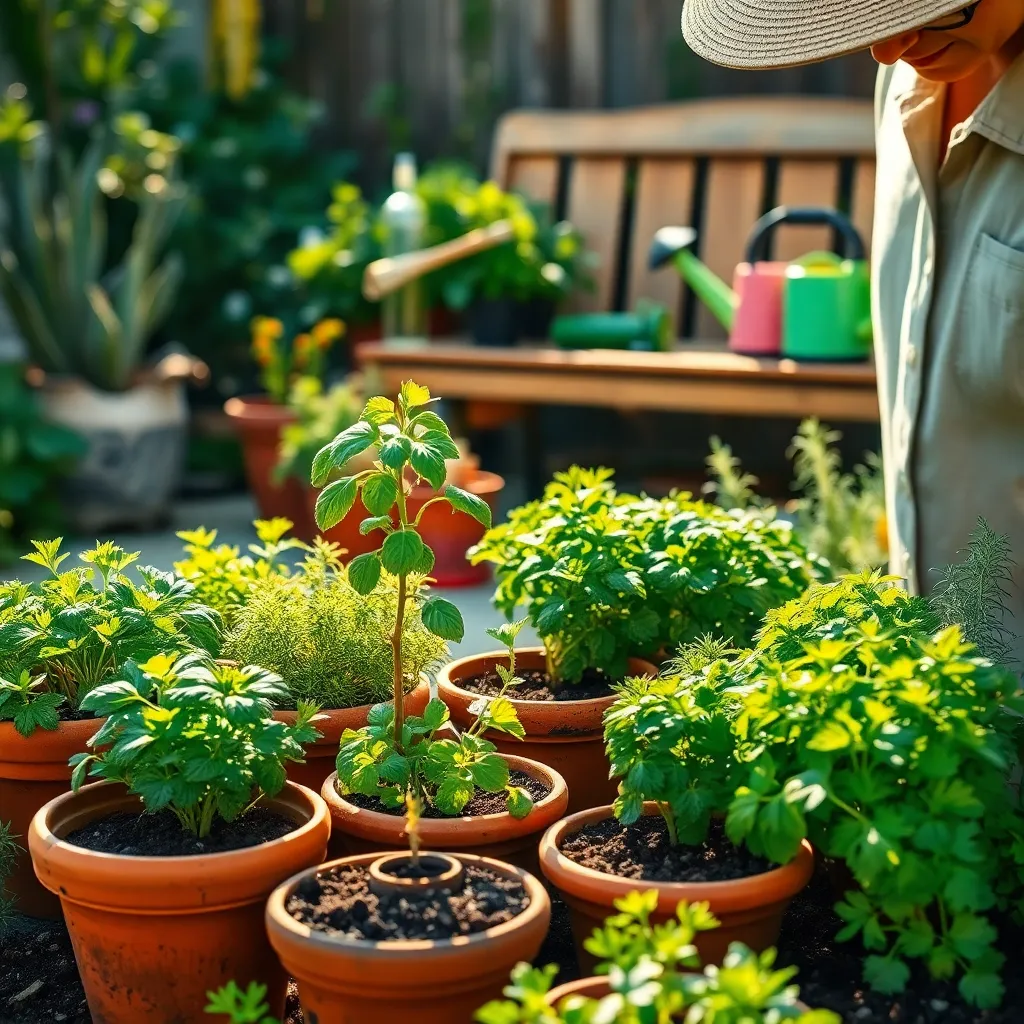
When planting herbs, it’s crucial to consider their individual sunlight needs. Most herbs thrive in full sun, requiring at least six to eight hours of direct sunlight each day, so choose a location that accommodates this.
In addition to sunlight, ensure your herbs are spaced appropriately to prevent overcrowding and allow for air circulation. This reduces the risk of diseases and promotes healthy growth, especially for herbs like basil and rosemary, which can spread quite a bit.
Watering is another key aspect of herb care; most herbs prefer to dry out slightly between waterings. Check the soil moisture regularly by sticking your finger about an inch into the soil—if it feels dry, it’s time to water.
For those herbs that prefer specific soil conditions, such as lavender or thyme, mix some sand or grit into the soil to improve drainage. This mimics their native Mediterranean environments and helps prevent root rot.
Advanced gardeners might consider succession planting for herbs like cilantro and dill. This involves sowing seeds every few weeks to ensure a continuous supply throughout the growing season.
Finally, regularly trim your herbs to encourage bushy growth and prevent them from flowering too soon. Pinching back the tops of plants like basil not only maintains their shape but also enhances their flavor.
Water and Maintain Regularly
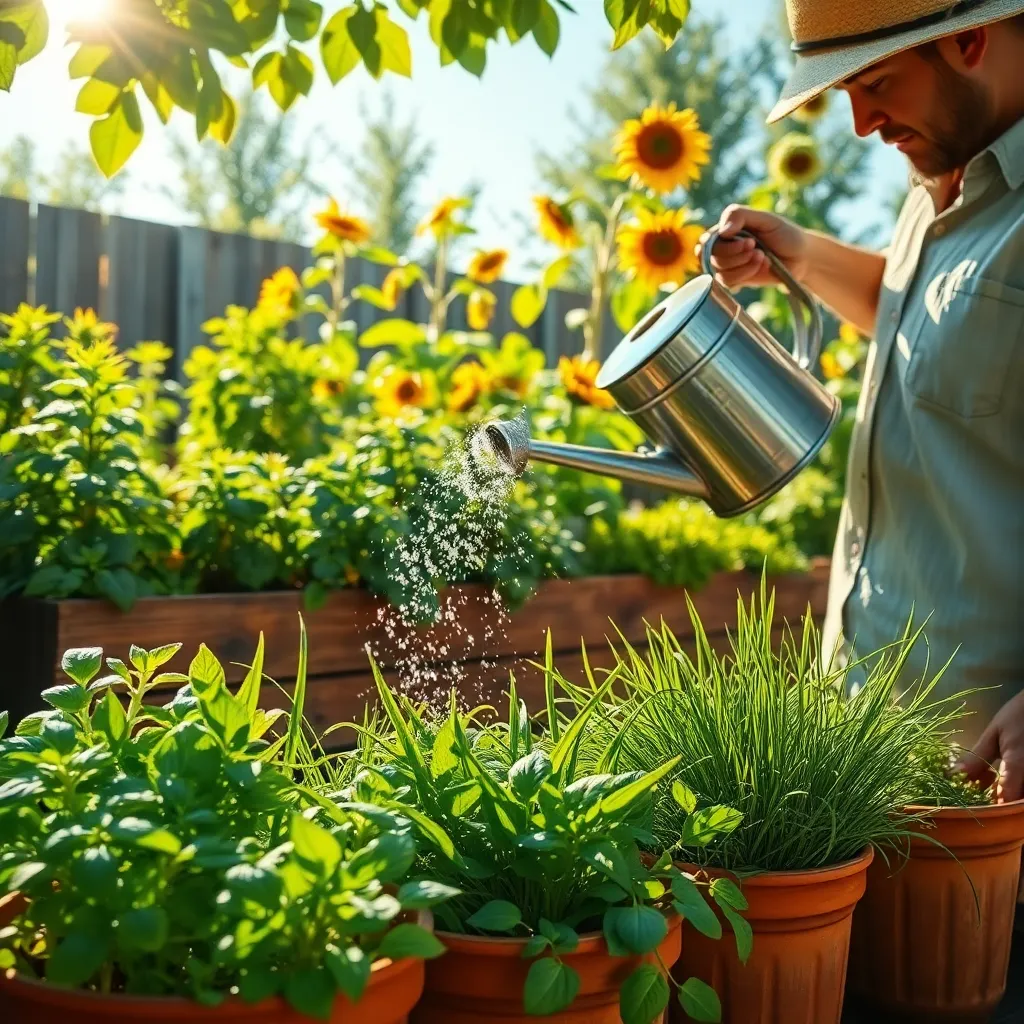
Regular watering is crucial to maintaining a healthy herb garden. Ensure your herbs receive about one inch of water per week, either from rainfall or supplemental watering.
To avoid over-watering, check the soil moisture by sticking your finger about an inch into the soil. If it feels dry, it’s time to water; if it’s still moist, wait a day or two.
Mulching around your herbs can help retain moisture and reduce the need for frequent watering. Use organic mulch, such as straw or shredded bark, to also improve soil health over time.
Consistent maintenance is essential for a thriving herb garden. Regularly check for pests and diseases, and remove any affected leaves to prevent spread.
Pruning is key to encouraging bushy growth and preventing herbs from becoming leggy. Trim back the top leaves regularly, especially before flowering, to keep plants productive.
For advanced gardeners, consider using a drip irrigation system to automate watering. This technique not only conserves water but also delivers it directly to the roots, promoting deeper growth.
Conclusion: Growing Success with These Plants
In “How to Build a Simple Herb Garden,” we explored five key relationship concepts that can enrich your connection with your partner: collaboration, patience, nurturing, communication, and growth. Collaborating on your herb garden fosters teamwork and shared goals, while patience reminds you that like plants, relationships thrive with time and care. Nurturing your garden parallels the attention and love needed in your partnership, and effective communication ensures you’re both on the same page, just as you would be when discussing plant care. Finally, growth reflects not only the flourishing of your herbs but also the continual development of your relationship.
As an actionable next step, why not pick a day this week to visit a local garden center together and select your first plants? This simple act can spark joy and deepen your bond. Remember, nurturing a garden is like nurturing love—it requires consistent effort and attention.
Bookmark this article to revisit these principles as you cultivate both your garden and your relationship. As you embark on this journey, know that every step taken in love and care brings you closer to a thriving, successful partnership. Let this be the beginning of a blossoming path to shared happiness and fulfillment.

